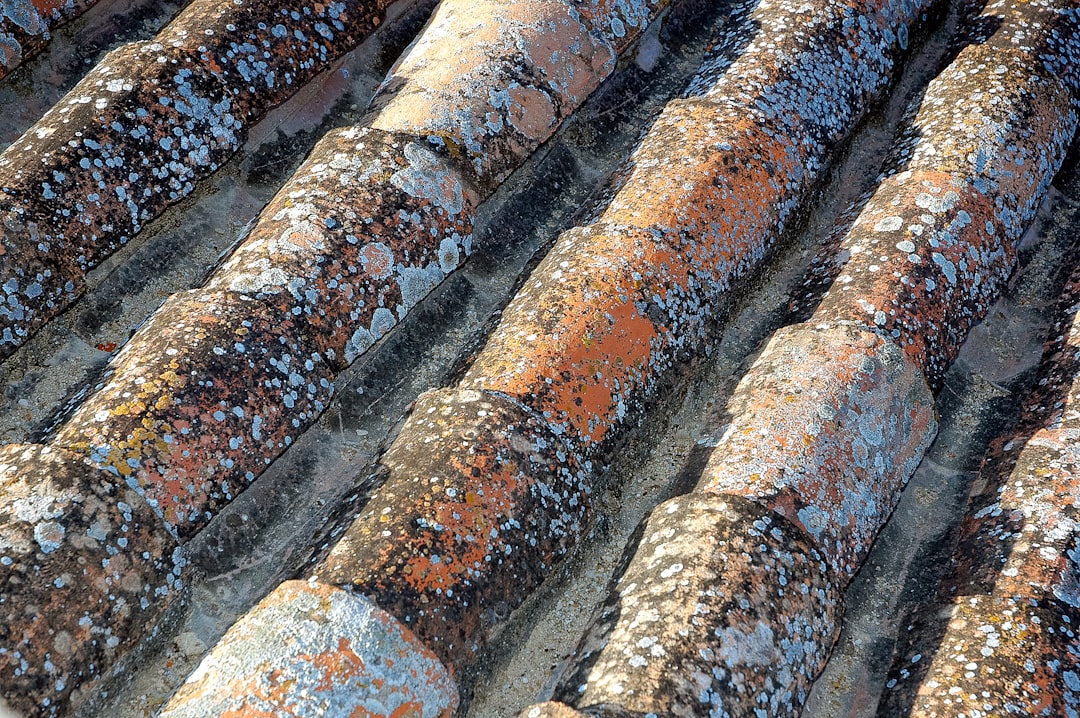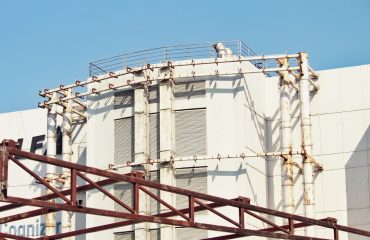body {
font-family: sans-serif;
line-height: 1.6;
}
h1, h2, h3 {
color: #333;
}
Stainless steel, a ubiquitous material in countless applications, comes in various grades, each with unique properties. Two of the most common and distinct types are ferritic and austenitic stainless steel. Understanding their differences is crucial for selecting the right material for a specific project. This comprehensive guide will delve into the key distinctions between these two steel titans, exploring their composition, properties, applications, and limitations.
Crystal Structure: The Foundation of Their Differences
The core difference between ferritic and austenitic stainless steel lies in their crystal structure. This microscopic arrangement of atoms dictates their macroscopic properties. Ferritic stainless steel possesses a body-centered cubic (BCC) crystal structure, while austenitic stainless steel boasts a face-centered cubic (FCC) structure. This seemingly minor difference has profound implications for their behavior and suitability for various applications.
The BCC structure in ferritic steel results in higher strength and hardness compared to the FCC structure of austenitic steel. However, the FCC structure allows for greater ductility and formability. This means ferritic steel is more resistant to deformation but less easily shaped, while austenitic steel is more easily formed but might be less strong.
Compositional Variations: The Alloying Elements at Play
The distinct crystal structures are a direct consequence of the different alloying elements present in each steel type. Ferritic stainless steels primarily rely on chromium (typically 10-30%) for their corrosion resistance. Other elements like molybdenum and silicon might be added in smaller quantities to enhance specific properties. The absence of nickel is a key distinguishing feature of ferritic steels.
Austenitic stainless steels, on the other hand, contain significant amounts of both chromium (16-26%) and nickel (6-22%). This combination stabilizes the FCC structure and contributes to their excellent corrosion resistance, ductility, and weldability. Other elements like manganese and nitrogen might be added to further enhance their properties.
Mechanical Properties: Strength, Ductility, and Weldability
The differences in crystal structure and composition lead to significant variations in mechanical properties. Ferritic stainless steels generally exhibit higher yield strength and tensile strength than austenitic stainless steels. However, they are less ductile and more prone to cracking during forming or welding. Their lower ductility also limits their ability to be severely deformed without fracturing.
Austenitic stainless steels, with their FCC structure, display superior ductility, formability, and weldability. They can be easily bent, stretched, and welded without significant issues. However, they generally possess lower strength compared to ferritic stainless steels. This difference in strength and ductility must be carefully considered when selecting a material for a specific application.
Corrosion Resistance: A Battle of the Elements
Both ferritic and austenitic stainless steels are renowned for their corrosion resistance, but their performance varies depending on the environment. The chromium content is the primary contributor to their corrosion resistance, forming a passive chromium oxide layer that protects the steel from oxidation and corrosion. Ferritic stainless steels generally offer good corrosion resistance in many environments, but their resistance to pitting and crevice corrosion might be lower compared to austenitic grades.
Austenitic stainless steels, due to the presence of nickel, exhibit superior corrosion resistance, particularly in aggressive environments like those containing chloride ions. They are highly resistant to pitting, crevice corrosion, and stress corrosion cracking, making them suitable for demanding applications in chemical processing, marine environments, and food processing industries.
Applications: Where Each Steel Shines
The unique properties of ferritic and austenitic stainless steels dictate their suitability for specific applications. Ferritic stainless steels are often used in applications where high strength and good corrosion resistance are required, but high ductility is not critical. Examples include automotive exhaust systems, appliances, and some architectural elements. Their lower cost compared to austenitic steels is also a significant advantage in many applications.
Austenitic stainless steels find applications where excellent corrosion resistance, ductility, and weldability are paramount. They are widely used in chemical processing equipment, food processing machinery, medical devices, and marine components. Their ability to withstand harsh environments makes them ideal for applications where corrosion resistance is critical.
In conclusion, the choice between ferritic and austenitic stainless steel depends heavily on the specific requirements of the application. Careful consideration of factors like strength, ductility, weldability, and corrosion resistance is essential in making the right decision. This guide provides a foundation for understanding the key differences and allows for more informed material selection.
SEO Tags:
- Ferritic Stainless Steel
- Austenitic Stainless Steel
- Stainless Steel Comparison
- Material Selection Guide
- Stainless Steel Properties




